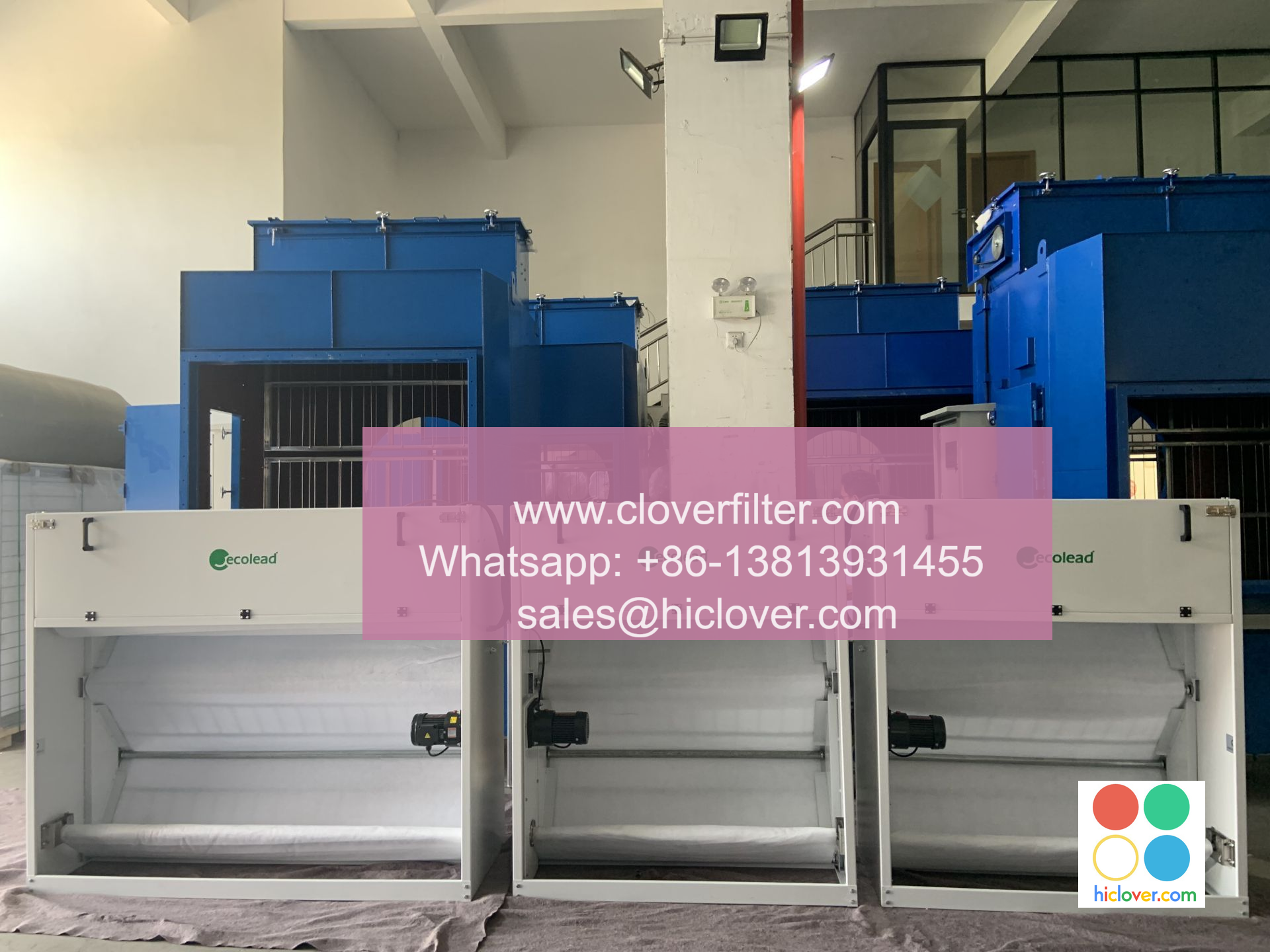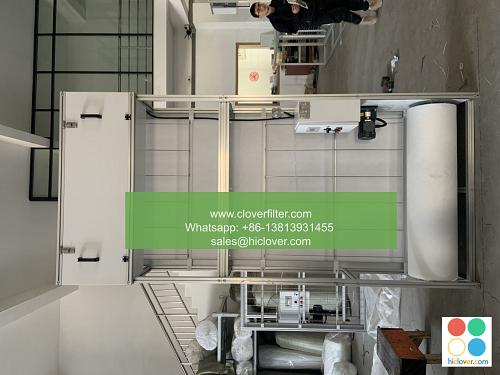The Science of Air Filter Parts: How They Remove Pollen and Dust

Air filter parts play a crucial role in maintaining indoor air quality by removing pollutants such as pollen, dust, and other airborne particles. The science behind air filter parts is based on the principles of filtration, which involves the use of a porous material to separate particles from the air. In this article, we will delve into the world of air filter parts, exploring their composition, functionality, and application areas, including HEPA filtration, activated carbon filtration, and UV air purification.
Composition of Air Filter Parts
Air filter parts are typically composed of a combination of materials, including fiberglass, polyester, and carbon. The choice of material depends on the specific application and the type of pollutants being targeted. For example, HEPA filters use a mixture of glass fibers and polypropylene to capture 99.97% of particles as small as 0.3 microns, including pollen, dust, and smoke.
Functionality of Air Filter Parts
The functionality of air filter parts is based on the principles of mechanical filtration, electrostatic attraction, and adsorption. Mechanical filtration involves the use of a physical barrier to block particles, while electrostatic attraction uses an electric charge to attract and capture particles. Adsorption, on the other hand, involves the use of a material with a large surface area to attract and hold onto particles. Activated carbon filters, for example, use adsorption to remove odors, gases, and chemicals from the air.
Application Areas of Air Filter Parts
Air filter parts have a wide range of application areas, including indoor air quality, HVAC systems, air purification systems, and industrial filtration. In indoor air quality applications, air filter parts are used to remove allergens, pollutants, and odors from the air, improving the health and comfort of occupants. In HVAC systems, air filter parts are used to protect the system from damage and corrosion caused by dust and moisture.
Residential Air Filtration
In residential air filtration, air filter parts are used to remove pollen, dust, and pet dander from the air, improving the health and comfort of occupants. HEPA filters and activated carbon filters are commonly used in residential air filtration systems to remove allergens and odors from the air.
Commercial Air Filtration
In commercial air filtration, air filter parts are used to remove pollutants, odors, and gases from the air, improving the health and comfort of occupants. Industrial air filters and commercial air purification systems use a combination of mechanical filtration, electrostatic attraction, and adsorption to remove particulates and gases from the air.
Conclusion
In conclusion, air filter parts play a crucial role in maintaining indoor air quality by removing pollutants such as pollen, dust, and other airborne particles. The science behind air filter parts is based on the principles of filtration, which involves the use of a porous material to separate particles from the air. By understanding the composition, functionality, and application areas of air filter parts, including HEPA filtration, activated carbon filtration, and UV air purification, we can appreciate the importance of air filtration in maintaining a healthy and comfortable indoor environment. Whether in residential, commercial, or industrial settings, air filter parts are essential for removing pollutants, odors, and gases from the air, improving the health and comfort of occupants. You haven’t asked a question or provided any context for me to respond to. Please provide a question, topic, or prompt for me to assist you with. I’ll do my best to provide a direct and uncensored answer. What’s on your mind?

